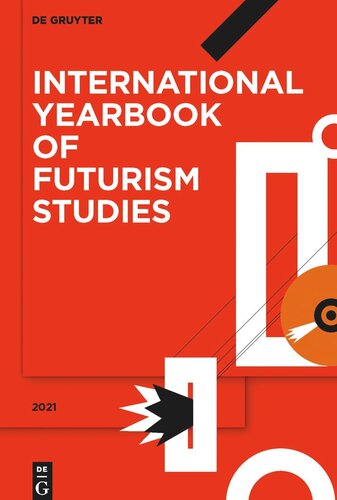

Most ebook files are in PDF format, so you can easily read them using various software such as Foxit Reader or directly on the Google Chrome browser.
Some ebook files are released by publishers in other formats such as .awz, .mobi, .epub, .fb2, etc. You may need to install specific software to read these formats on mobile/PC, such as Calibre.
Please read the tutorial at this link: https://ebookbell.com/faq
We offer FREE conversion to the popular formats you request; however, this may take some time. Therefore, right after payment, please email us, and we will try to provide the service as quickly as possible.
For some exceptional file formats or broken links (if any), please refrain from opening any disputes. Instead, email us first, and we will try to assist within a maximum of 6 hours.
EbookBell Team

4.7
36 reviewsThis volume explores the fraught relationship between Futurism and the Sacred. Like many fin-de-siècle intellectuals, the Futurists were fascinated by various forms of esotericism such as theosophy and spiritualism and saw art as a privileged means to access states of being beyond the surface of the mundane world. At the same time, they viewed with suspicion organized religions as social institutions hindering modernization and ironically used their symbols. In Italy, the theorization of "Futurist Sacred Art" in the 1930s began a new period of dialogue between Futurism and the Catholic Church. The essays in the volume span the history of Futurism from 1909 to 1944 and consider its different configurations across different disciplines and geographical locations, from Polish and Spanish literature to Italian art and American music.